How to Build an Emergency Fund: The Three-Bucket Method for Financial Security
Let me be real with you - I grew up watching my mom work 12-hour shifts to make ends meet. Today, as a financial planner working with women and minority business owners, I see too many people struggling because no one taught them how to protect their wealth during tough times.
Here's the truth: You don't need a specific dollar amount to be "ready" for life's challenges. What you need is a strategy. Let me share the three-bucket approach that's helped my clients survive and thrive through economic ups and downs.
Why Most Financial Advice Misses the Mark
When people talk about economic downturns, they usually focus on the stock market. But here's what I tell my clients at Black Mammoth: The real economy is what's happening in your neighborhood. Are people happy? Are they spending? Are they out and about? That's your real economic indicator.
The Three-Bucket Strategy Explained
Instead of worrying about having a specific amount saved, let's focus on organizing what you have. Here's how the three-bucket strategy works:
Bucket 1: Short-Term Money (0-6 months)
Keep this in your checking and savings accounts
Should cover 3-6 months of expenses
This is your emergency fund and daily spending money
Think: rent/mortgage, groceries, utilities, regular bills
Bucket 2: Mid-Term Money (3-12 months)
Put this in high-yield savings accounts or lower-risk investments
Another 3-12 months of expenses
This is your backup emergency fund
Think: unexpected car repairs, medical bills, job transition
Bucket 3: Long-Term Money (12+ months)
Invest this in the stock market
This money isn't for touching
Separate from retirement savings
Think: future opportunities, major life changes
Why This Strategy Works
The beauty of this system is that it gives you options. If the economy tanks or you lose your job:
Bucket 1 keeps you afloat immediately
Bucket 2 gives you breathing room
Bucket 3 can grow untouched while markets recover
Making It Work for You
Now, I'll be straight with you - this isn't easy to set up. But here's how to start:
Calculate Your Monthly Expenses
List everything you spend in a month
Include irregular expenses (like annual subscriptions)
Don't forget about debt payments
Start with Bucket 1
Open a separate savings account if needed
Aim to save one month of expenses first
Gradually build to 3-6 months
Move to Bucket 2 Once Bucket 1 is Full
Research high-yield savings accounts
Consider low-risk investment options
Keep building while Bucket 1 stays full
Begin Bucket 3 When You're Ready
Start learning about investing
Consider working with a financial planner
Think long-term growth
The Most Important Thing to Remember
Here's something I've learned from years of helping clients: You can't do this alone. No millionaire, billionaire, or successful person built wealth by themselves. They had teams supporting them.
Don't feel like you need to figure everything out solo. That's why I created my Power Hour consultations and why I share real talk about money on my No BS Wealth podcast (nobswealth.com).
Taking Action Today
Start where you are. Maybe you can only put $50 in Bucket 1 right now - that's fine. The important thing is to start building your foundation.
Remember: The goal isn't to get rich quick. The goal is to build a system that protects you and your family no matter what the economy does.
Want to learn more about making this strategy work for your situation? Let's talk. Check out nobswealth.com for more straight talk about money, or book a Power Hour to get personalized guidance.
Your financial future is too important to leave to chance. Start filling your buckets today.

